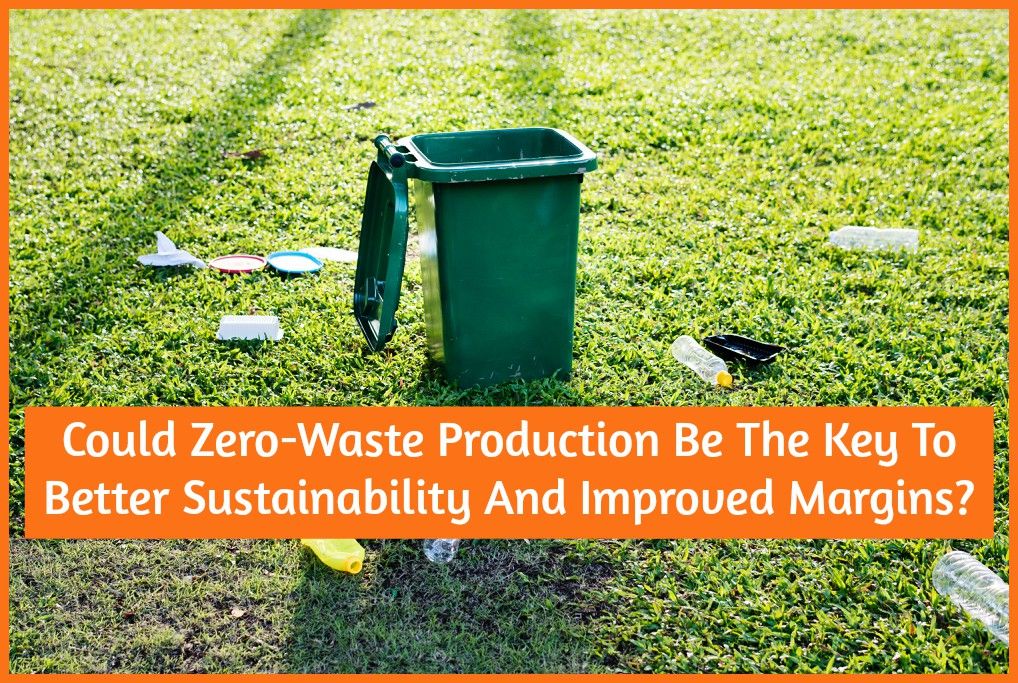
Could Zero-Waste Production Be The Key To Better Sustainability And Improved Margins?
Every business is eager to increase its profit margins, but in a world of spiraling costs, that is easier said than done. Constantly hiking prices is a great way to alienate customers and make them look elsewhere, so is obviously something we all seek to avoid.
That only leaves cost control as an alternative, and this is a topic that is very much under the microscope in every business sector.
Specifically, the notion of zero-waste production is gaining serious traction. Done right, it can lead to profit growth without increasing prices. The process is based on an underlying principle of using and reusing materials in a continuous cycle that goes a little like this:
Primary raw materials – production – consumption – secondary raw materials
When a company’s technological processes are arranged in such a way that all raw and semi-raw materials are suitable for the production of end products, it leads to simplified logistics and reduced costs.
The other advantage of following a zero-waste strategy is that it reduces the amount of inventory sitting idle in warehousing – particularly important when perishable materials are involved.
There are a number of factors that go towards achieving zero, or at least minimal, waste.
Independent production of individual product components
In some respects, this is the opposite of outsourcing.
The company independently produces semi-finished materials that are required in the manufacture of its own products. It can even look into supplying these to customers in component form as a way of deriving additional income.
Combating seasonal variations

If your business operates in a sector that has seasonal variation, it can be a nightmare. There are a few ways of countering this, or at least smoothing the peaks and troughs.
The first is to set up fixed monthly orders with your regular B2B clients. Agreeing on a set amount at a guaranteed price for the next 12 months, for example, means everyone knows where they stand.
The second is product modification. This is where marketing and product development teams need to start getting imaginative.
For example, a company might start manufacturing a multi-grade paint line which can be applied all-year round to eliminate seasonality and strengthen the company’s position in the market.
Another approach in this sector might be the production of related products, such as printer cartridge ink and supplies.
Ultimately, the more flexible a product’s applications, greater potential there is for it to be widely consumed.
Making use of rejected products
We can’t all be perfect all the time, and that applies to our products too. When an item is rejected at the QC stage, it causes disruption and the company is faced with the choice of discarding or reworking. Naturally, the latter sounds like the approach from a zero-waste perspective, but it can be more costly than it’s worth.
Explore whether there might be a third option.
For example, can the product still be sold as “second grade” at a discounted price?
Of course, if the defect is significant or safety related, that is not possible, but it can certainly be a useful tool in some situations, as the roaring trade that discount stores do in broken biscuits demonstrates!
© New To HR


